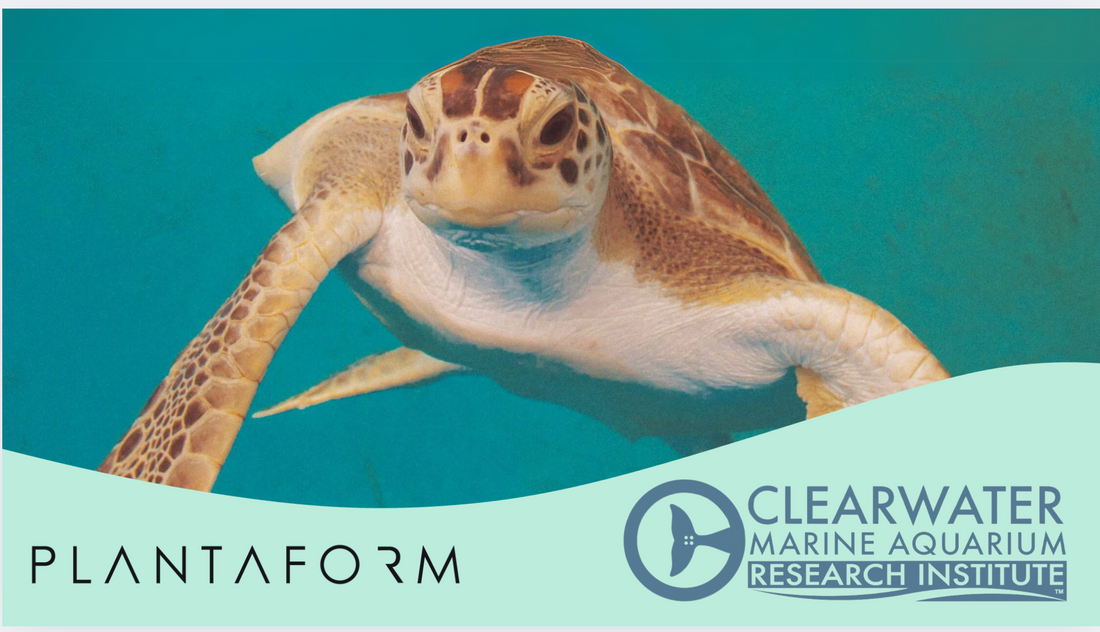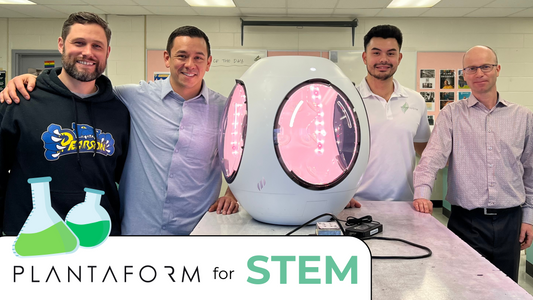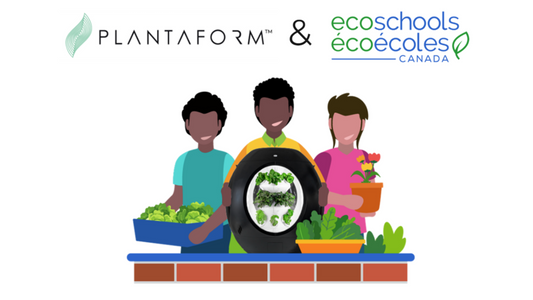Case Study: How Clearwater Marine Aquarium is Using Fogponics to Feed Its Rescue Animals

Introduction
Clearwater Marine Aquarium (CMA) has always been at the forefront of marine animal rescue, rehabilitation, and conservation. With its unwavering commitment to sustainability and innovation, CMA is now pioneering new methods to provide fresh, nutritious food for its rescue animals. By leveraging Plantaform’s smart indoor garden, Clearwater Marine Aquarium has begun growing fresh greens on-site, ensuring optimal nutrition for animals like Vlad, a Russian tortoise, and exploring future expansion to feed larger marine life such as manatees.
Clearwater Marine Aquarium’s Mission
Clearwater Marine Aquarium’s mission is to preserve the environment while inspiring the human spirit through leadership in the rescue, rehabilitation, and release of marine life, environmental education, research, and conservation. As a 501(c)(3) nonprofit, CMA is dedicated to making a meaningful impact on marine wildlife and ecosystems.
Dorree Gurdak, Vice President of Marketing at CMA, emphasizes:
“Our mission is to rescue, rehabilitate, and release marine life while fostering environmental stewardship. Sustainability is at the heart of everything we do, and this collaboration with Plantaform allows us to take another step toward more sustainable animal care practices.”
Introducing Plantaform’s Smart Indoor Garden
Plantaform is at the forefront of indoor gardening innovation, using NASA-inspired fogponics technology to cultivate plants in a highly efficient, water-conserving manner. CMA has introduced a Plantaform Smart Indoor Garden as a proof of concept, growing fresh greens like romaine lettuce for its animals.

Alberto Aguilar, Co-Founder and CEO of Plantaform Technology Inc., expresses his enthusiasm:
“We’re thrilled to collaborate with Clearwater Marine Aquarium. Our missions align perfectly, and we see tremendous potential in scaling up our fogponics technology to support the incredible work CMA does. This is just the beginning.”
Feeding the Rescue Animals
The fresh produce grown using Plantaform’s technology is already benefiting several of CMA’s animals, including Vlad, a Russian tortoise who has been part of the Education Department since 2014.
Lindsay Roland, Director of Conservation Education at CMA, shares:
“Vlad plays a vital role in our educational programs, helping to teach visitors about different types of turtles and responsible pet ownership. He enjoys a diet of leafy greens, carrots, and sweet potatoes, and we’re excited to be able to provide him with high-quality, home-grown romaine lettuce.”
As CMA explores expanding the use of this technology, the next step involves feeding larger marine animals, such as manatees, which require massive amounts of food daily.
The Vision for the Future
Clearwater Marine Aquarium is no stranger to adapting and rebuilding. After recently enduring two hurricanes, the team is focused on strengthening their sustainability initiatives.
Dr. James Powell, Chief Zoological Officer & Executive Director of CMA, looks ahead:
“Sustainability is not just a goal—it’s a necessity. By incorporating cutting-edge agricultural solutions like fogponics, we can create a self-sufficient food supply for our rescue animals while reducing our ecological footprint. We’re excited about the future and the possibilities this partnership brings.”
A Shared Commitment to Sustainability
Plantaform and CMA are aligned in their dedication to conservation and innovation. By utilizing fogponics, the aquarium is reducing its dependency on external food sources, minimizing waste, and ensuring that animals receive the freshest possible diet.
With big dreams and even bigger plans, the goal is clear: scale up production and build a sustainable food system that supports marine life at Clearwater Marine Aquarium. This initial proof of concept is just the first step toward a future where cutting-edge agricultural technology plays a vital role in marine animal care.
To follow CMA’s journey and learn more about their incredible work, visit:






